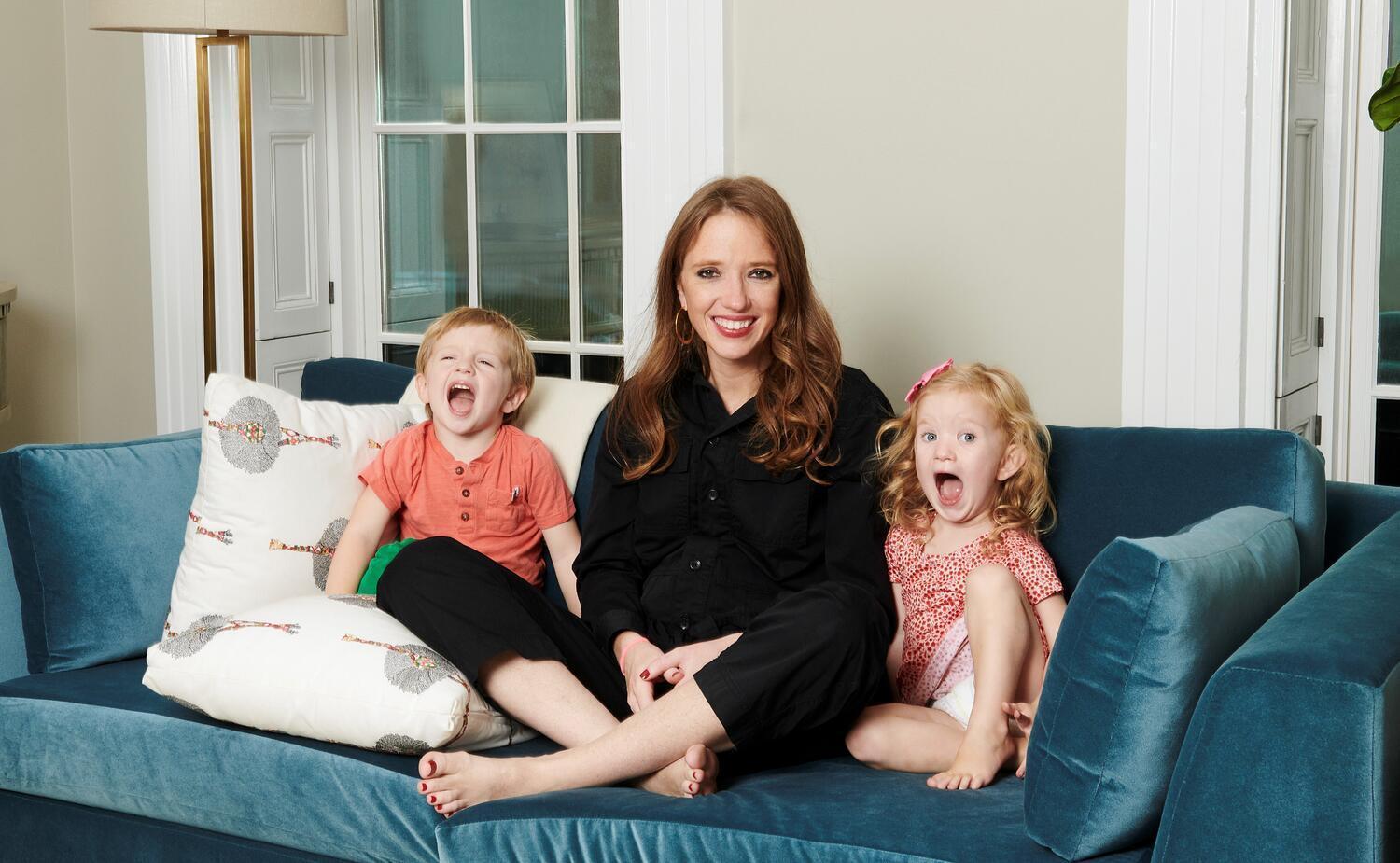What’s your post-pandemic workplace plan? Is it back to the office like it’s 2019? Or is it remote work forever?
Like many employers, your answer is probably somewhere in between: a hybrid work model that combines in-person work with some form of remote flexibility.
Our research on post-COVID workplaces found that three out of five Fortune 500 execs believe up to 25% of their workforce will continue to work remotely. And a recent survey by CNBC reports that nearly half (45%) of U.S. companies expect to implement a hybrid model.
But as employers embark on this new normal, what hybrid work best practices can they implement to make hybrid work work best for them?
“Going forward, place shouldn’t matter, but flexibility should,” says Michael C. Bush, our CEO at Great Place To Work. “I don’t think of the hybrid future as one of physical place. I think of it as really caring for people and giving them the flexibility that’s needed to have a high sense of well-being.”
The following hybrid work best practices address exactly that — well-being — and will help you realize a flourishing workforce.
Hybrid work best practices to guide your new normal
1. Take care of employees whose jobs can only be done in person
Our definition of essential workers changed during the pandemic, as the people who delivered our packages and checked out our groceries put their own health at risk.
Now, as some people return to the workplace while others stay home — even within the same company, depending on roles — leaders need to ensure those remaining on the front lines are appreciated, recognized and cared for.
“At the opposite end of the spectrum is seeing them as an employee that’s not essential and can be easily replaced,” says Michael.
Employers also need to ensure in-person staff feel safe coming into work. That could be through physical distancing protocols, PPE supply or vaccination requirements. When people don’t feel physically safe, they don’t feel emotionally or psychologically safe.
2. Be open about pandemic challenges
Remote work during 2020 was not true remote work. It was remote work during a lockdown, which meant all the joys that come with remote work — the freedom to go out during your day, to make time for the things you love to do — couldn’t really happen.
And even though there’s been much talk about the world post-pandemic, the reality is that the pandemic is still very much ongoing. The Delta and Mu variants fill the headlines, and there are still regions around the globe going in and out of lockdowns.
“The pandemic has shifted everyone’s sense of purpose. Work remains important, but it’s no longer everything.”
That’s why it’s unreasonable for employers to assume a return to business as usual, even if it’s hybrid. Leaders at the Best Workplaces™ understand the trauma employees have experienced over the past 18 months, and are willing to express their own vulnerabilities and provide mental health support.
3. Give employees a sense of purpose
Interestingly, despite the high-pressure stakes of working during a pandemic, many pharmaceutical, biotech and healthcare companies made this year’s World’s Best Workplaces list, and with better scores than previous years.
The reason? Purpose. Pharma companies were part of the supply chain for the vaccine, and healthcare workers were doing what they felt called to do: helping sick people when they needed it most.
Even non-pharma companies felt the connection to a greater purpose. At DHL Express, employees were proud of being able to deliver the vaccine to the far corners of the world. During a time when deliveries were high-risk and in high demand, DHL’s scores went up year on year.
Of course, you don’t need to be delivering a vaccine during a pandemic to have a sense of purpose. The key is to give employees a clear connection to something important, and bigger than their individual role, whether that’s the customer’s experience or the company’s environmental, social and governance (ESG) impacts.
The pandemic has shifted everyone’s sense of purpose. Work remains important, but it’s no longer everything, says Michael. This is one of the reasons behind the Great Resignation— people leaving their jobs in search of something that aligns more with their purpose, rather than just collecting a pay check.
4. Meet your people where they are
As anyone with kids or pets knows, these family members are frequent guest stars on video calls. But that doesn’t have to be a bad thing. The best workplaces welcome these interruptions because they reveal our humanity.
Similarly, great workplaces are flexible with time, rather than demanding people be online at specific hours. For employees with childcare or eldercare duties, offering this kind of flexibility shows incredible respect. These leaders recognize that work is not a person’s life — it’s just one part of their life.
“Offering this kind of flexibility shows incredible respect.”
Whether in-person or online, “when a person comes to work, you should imagine that their kids, their pets and their parents are sitting with them, because they are,” says Michael.
5. Hire based on skills, not location
Remote/hybrid work is an economic and competitive advantage for businesses. Employers can recruit the best people from anywhere, without having to worry about paying for relocation or the costs of a workforce based somewhere with a higher cost of living.
It’s also the answer to making a workplace more diverse, as there’s greater opportunity for finding people with different experiences and cultural backgrounds when you cast your recruiting net beyond commuting distance. And it opens doors for differently abled people who may not be able to come into a workplace daily.
“The new diversity dimension is place,” says Michael. “Where a person works shouldn’t affect their promotion ability, it shouldn’t affect their getting challenging assignments at work.”
6. Don’t pursue an arbitrary office re-opening date
Before choosing a return-to-office date, every leader should ask themselves why. Is it a matter of control? Of trust?
“Where a person works shouldn’t affect their promotion ability, it shouldn’t affect their getting challenging assignments at work.”
“There are some leaders who want to act like 2020 never happened. They want to go back to 2019 and they're demanding everyone come back to the office,” says Michael.
“And typically, the people who are demanding are CEOs. They have the ability to work wherever they want, whenever they want. It’s easy to demand when you have the flexibility that your people want. Equality and equity require that what's good for you is good for them, too.”
The pandemic is still ongoing, which means it may not make sense to set a hard deadline for returning to the office. And rather than come from the top, the decision should come from the workers.
“It’s easy to demand when you have the flexibility that your people want. Equality and equity require that what's good for you is good for them, too.”
Ask your employees when they think they should come back to in-person work. What will make them feel safe? What would make them want to come back? How many days per week do they think they should be on-site?
Poll a wide range of staff in a survey, including those who have kids or pets, who commute, who live alone, and who are differently-abled. The data should tell you when and how to re-open — don’t rely on an arbitrary date on the calendar.
Is your hybrid workplace supporting your people?
Find out if your new hybrid work model is up to scratch with our Trust Index™ employee survey. You can dig deep into the data, examine intersectionality and directly pinpoint areas for improvement.











